As you know, Japanese women have always been famous for their wonderful slim figure. It is extremely rare that some representatives of the weaker sex of the country of the rising sun suffer from excess weight.
The rules and principles of the Japanese diet, its effectiveness
The whole secret of the ideal figure of Japanese women lies in nutrition, or rather in the consumption of low-calorie foods, the absence of fast food, and the abundance of sweets and baked goods.

Japanese diet, recipes, food, which have become interesting to most women in the world, give amazing results to those who want to lose weight.
The main advantages of the Japanese diet:
- High efficiency;
- The result is saved even after completion;
- The body tolerates it easily, only the first two days are difficult;
- The diet is quite rigid, as the diet indicates not only the foods, but also the portion sizes;
- Removal of toxins and excess fluid from the body;
- Positive effect on digestion;
The Japanese diet has its drawbacks:
- Due to the low calorie content, a woman can easily get carried away in the first few days;
- It is necessary to take additional vitamins;
- Compulsory consumption of coffee;
The Japanese diet is not just for women. Men who want to deal with excess weight can also use this effective method to lose weight. The technique itself was developed over a long period of time and tested by professionals.
It was developed for 14 days, as this period is sufficient to transform the structure of the body. To preserve the results for up to 3 years, it is enough to follow the basic instructions and advice of nutritionists.
It is important to know that only careful compliance with all regulations will bring the expected results. The Japanese diet, recipes, meals, and recommended meals must be followed down to the smallest detail.
The main rules for using the diet are as follows:
- When cookingonly recommended products should be used;
- It is forbidden to change itdiet days in some places: on the fifth day, you only have to eat the foods that are prescribed for that day.
- It must be followedfor drinking large amounts of clean water;
- Strictlyit is forbidden to eat simple carbohydrates for all 14 days;
- Permissibledrinking morning coffee without sugar;
- fishit can be eaten not only cooked;
- Licensedeating cabbage and other vegetables;
- When cookingbeef remains a priority, although skinless chicken is allowed;
- Without restrictionson the use of cereals, in most cases rice, legumes.
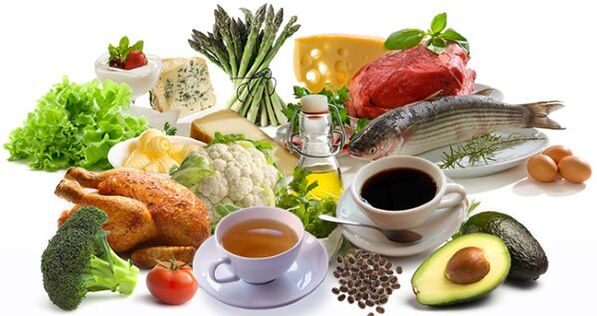
The main principle of the Japanese diet is to accelerate and optimize metabolism in the body of a person who wants to lose weight. This diet has nothing in common with the cuisine of the Land of the Rising Sun. It is intended for people who do not suffer from chronic diseases, and there are contraindications for using such a diet.
Use is prohibited:
- Personsthose suffering from chronic diseases (diabetes, cardiovascular problems, kidney, liver, stomach dysfunctions);
- Pregnantand nursing;
- For female personsduring the period of endocrine restructuring of the body, namely during menopause and after abortion, miscarriage;
- peoplewho play sports or engage in active physical activity.
The Japanese diet includes a list of permitted and prohibited foods.
The permitted fruits are:
- Apples,
- pear,
- plum,
- Kiwi,
- citrus fruits (except lemons),
- Plum,
- Sweet cherry.
You cannot eat bananas, grapes, persimmons and lemons. The use of floury foods is strictly prohibited, with the exception of rye and bran crackers.
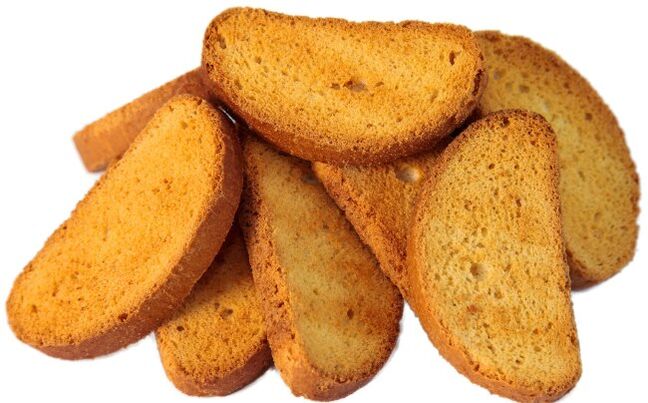
The list of approved products includes:
- Fresh vegetables;
- Tomato juice;
- Unrefined vegetable oil, preferably first pressing;
- Kefir or yogurt, preferably homemade natural;
- Beef, chicken, fish fillets, preferably fresh, not frozen;
- Chicken or quail eggs;
- Black coffee;
- Pure loose leaf tea without additives and flavorings;
- Non-carbonated water.
Distribution of nutrients in the Japanese diet
The most caloric products of this diet are chicken eggs, meat and dairy products. Carbohydrates are present in breadcrumbs and certain types of vegetables, and fats are present in unrefined vegetable oil. In the Japanese diet, olive oil is preferred, it is used in salad dressings or for cooking.
The consumption of fruits and vegetables is not limited on certain days. These foods are rich in fiber, which is good for the stomach and intestines.
During the diet, it is better to use still water, no more than 2 liters of boiled water per day. You can also enjoy tea and coffee: coffee - in natural instant or granular form, tea - without flavorings. All are of excellent quality. Green tea plays an important role in the Japanese diet. It contains large protein reserves and contains antioxidants.
The Japanese diet is designed to speed up metabolic processes. It completely excludes the use of salt in the first days and allows its use in the last days.
It should be remembered that the Japanese diet is not balanced, and its use is preferably no more than two weeks.
sample menu
| Day | Morning | Dinner | Evening |
|---|---|---|---|
| one | Unsweetened organic coffee |
|
Fish in any form |
| 2 | Unsweetened natural coffee and biscuits |
|
|
| 3 | Unsweetened natural coffee and biscuits | Zucchini fried in oil |
|
| four | Unsweetened organic coffee |
|
Fruit |
| 5 | Carrot | Fish in any form | Fruit |
| 6 | Unsweetened organic coffee |
|
|
| 7 | Tea without sugar |
|
Any dinner is an option, except day 3 |
| eight | Unsweetened organic coffee |
|
|
| 9 | Carrot |
|
Fruits are different |
| ten | Unsweetened organic coffee |
|
Fruits are different |
| eleven | Unsweetened natural coffee and biscuits | Zucchini fried in oil |
|
| 12 | Unsweetened natural coffee and biscuits |
|
|
| 13 | Unsweetened organic coffee |
|
Fish in any form |
| fourteen | Coffee without sugar, can be creamy |
|
|
The menu shown in the table is an example. It should not be forgotten that the Japanese diet is quite complex, so when following it, one should take into account the general condition of the person.
In the event that a dieter feels unwell or weak, then it is not worth continuing to lose weight.
Japanese diet recipes
Breakfast options
Option 1 - Natural unsweetened coffeeOption 2 - Herbal teaOption 3 - fresh carrot salad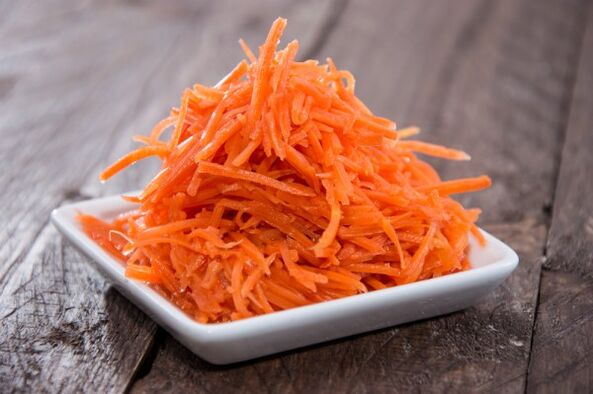
Take a large carrot and grate it on a medium grater. Sprinkle the salad with lemon juice and vegetable (preferably olive) oil. It is not necessary to salt the salad or add sugar.
Dinner options
The lunch of the Japanese diet includes meat dishes and salads.
Option 1 - fried zucchini
Take a large fresh zucchini, cut it into small rings, no need to salt.
Pour unrefined vegetable oil into the pan, wait for the pan to heat up. Fry both sides of the zucchini circle until golden brown.
Option 2 - Fish with vegetables in the ovenCut the fish into pieces, there is no need to salt it (you can add a pinch of salt during the last days of the diet). Clean the carrot and cut it into small strips. Cut the red pepper and eggplant into small pieces.
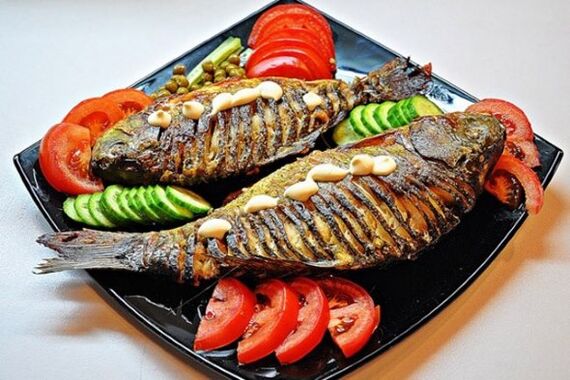
Preheat the oven to 180°. Place part of the fish in foil, sprinkle with lemon juice, put vegetables on top of the fish, close the foil and put it in the oven for 30 minutes.
Option 3 - Chicken diet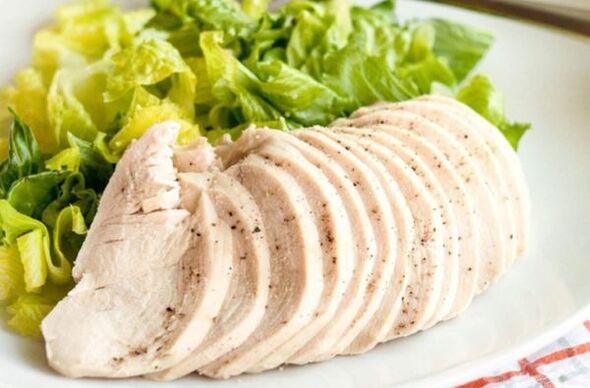
Remove the skin from the chicken legs or the whole carcass. Rinse the chicken with the skin on, pour it over with completely clean water, and bring it to a boil. After the water with the chicken has boiled, the first broth must be drained. Then pour water over the meat again and bring to a boil. The chicken must be cooked. Adding salt and spices is not necessary.
Dinner options
Option 1 - Cabbage saladThe head of white or Peking cabbage is divided into two parts. Boil one part a little. Cut both parts into small pieces and squeeze out.
Spread the salad with olive or sesame oil.
Option 2 - Fruit salad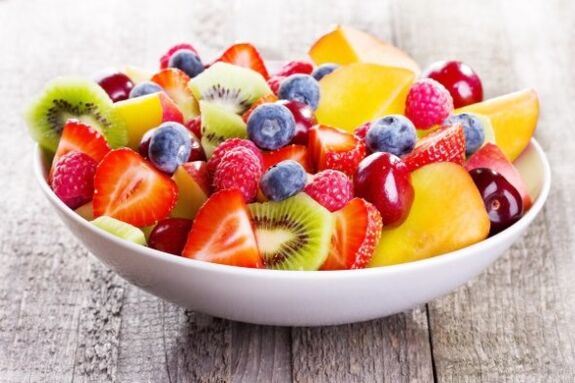
Wash and peel the apple, orange and kiwi. Cut everything into medium cubes, mix and sprinkle with lemon juice.
Option 3 - Tilapia stewPeel a portion of tilapia fish and rinse under water. Put part of the fish in a deep pan and pour water up to half of the carcass. Steam the fish over low heat with the lid on for 10 minutes. Then you need to throw lavrushka and a few peas of pepper into the pot. Adding salt is prohibited. Replace salt with lemon juice. Then steam the fish until ready.
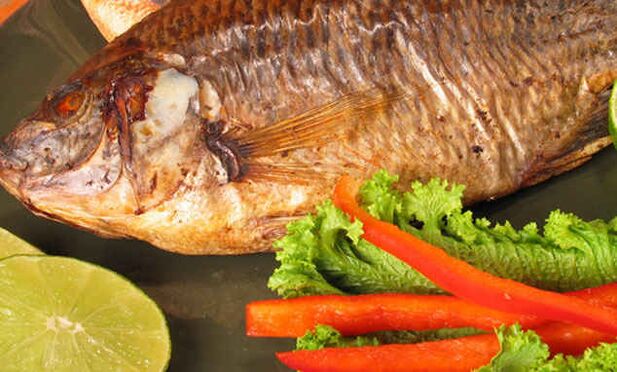
Japanese diet meat recipes
The Japanese diet has become popular among many women, the recipes and dishes of which differ from others in their low calorie content and lack of salt.
You must follow the diet completely and eat only those foods that are provided. On certain days, you can eat turkey, chicken, beef while losing weight. Here are some recipes you can use today.
Turkey meatballs
Take a turkey fillet weighing no more than 250 g and twist it in a meat grinder. You can add finely chopped onions and spices to your taste to the minced meat. Minced meat does not need to be salted.

Boil water in a separate pan and add a few drops of vegetable oil. Small minced meatballs should be thrown into the ready boiling water and boiled for 20 minutes. The finished meatballs can be sprinkled with parsley or herbs.
Chicken cutlets in the oven
Take 500 g of chicken fillet and cut it into small cubes of no more than 1 cm, mix the resulting mass with grated rosemary, carrot, onion and egg. We form small meatballs from the minced meat and place them in foil boats. It is important to make such a boat so that the fillet does not run down the sides in the oven.
It is better to cover the slices with foil and on top to avoid frying the product. Bake the dish in a preheated oven for 30 minutes.
How to cook fish. Recipes
Fish is a fairly common ingredient in the Japanese diet. It is better to boil or bake in the oven, although the use of baked products is not prohibited. The only rule when preparing the dish is the absence of salt, seasoning of fish and spices are not prohibited.
Fried trout
Fresh fish must be cleaned, cut into portions, washed and dried. After the fish fillet has dried a little, it should be rubbed with spices and seasonings. To enhance the taste, pour lemon juice on the fish. You can put greens or chopped onions inside the fish.

Before placing the product in a preheated oven, it must be laid in foil, so that the edges are fixed so that the fish juice does not leak out. When the oven heats up to 190°, put the foil with the fish in it and bake for 30 minutes.
Cooking vegetables and fruits. Recipes
Vegetables and fruits can be consumed regardless of quantity. In addition, they can become ingredients for simple, delicious recipes.
Baked apple
The fruit should be cut into large slices and sprinkled with cinnamon. Apples can be baked in the oven or in the microwave. To do this, the cut slices must be placed in a suitable container and placed in an oven preheated to 180 °. Bake the apples for 15 minutes.

Crispy cabbage in egg
Cut the cauliflower into small pieces and add spices except salt. Beat the eggs in a separate bowl. Each cauliflower should be dipped in egg and fried in vegetable oil in a pan over low heat.
Is it possible to snack on the Japanese diet? What can you have for a snack?
Snacking is acceptable during the Japanese diet. But it is not desirable. If you feel very hungry, it is enough to drink a glass of water, green tea or strong coffee.
Quitting the Japanese diet. Food recipes
When the Japanese diet ends, another ideal way out of it should be implemented. All measures must be followed to save the result.
It is important not to immediately switch to the usual diet, otherwise everything will end badly: you can not only increase the lost weight, but also overdo it with the correction.
The main principles of exiting the diet are as follows:
- Presentation of productsyou should gradually add to your usual diet, slightly increasing calories and balancing the ratio of proteins, fats and carbohydrates;
- Release periodmust be at least 14 days;
- Quantityprotein foods cannot be reduced;
- Dinner and lunchin the first days of withdrawal, it is better to keep the same as with the diet, adding food for breakfast;
- Continuelimit the use of salt.
A few recipes can come in handy to expand your breakfast options.
Omelet with vegetables
Beat 2 eggs and add 50 g of milk. Preheat the pan and fry half of the bell pepper cut into 1 cm cubes in vegetable oil, then pour the eggs into the pan and cover with a lid. Reduce the heat on the stove to a minimum. The omelet takes 10 minutes. A few minutes before the end of cooking, sprinkle the omelette with finely chopped green onions and herbs.

The way out of the Japanese diet is also divided into several stages. Experts recommend that all high-calorie products be introduced in small quantities, giving the body time to heal. The longer you watch the exit, the better and stronger the result will be.






























